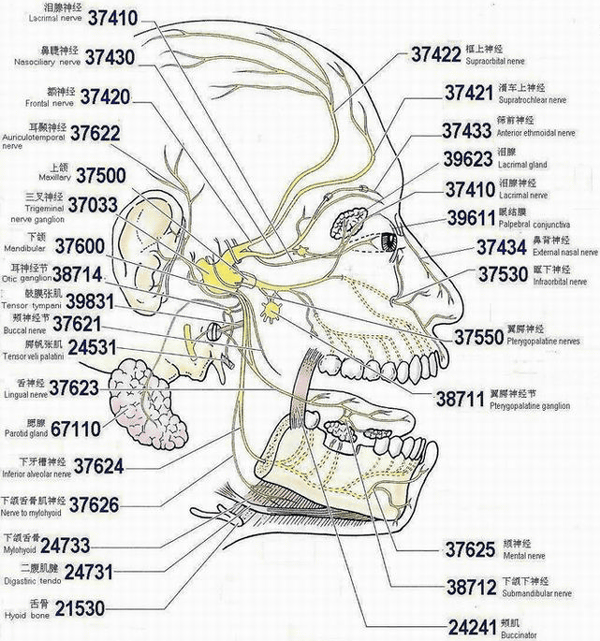kb1 Human body, its parts, functions and disorders
Preface –
Many excellent anatomy books exist, so that we need a good reason to offer an alternative approach. We feel that the subject of anatomy should be more closely and easily linked to associated knowledge including physiology, pathology, clinical records and skill. This linkage begins with the way we learn anatomy. The terms used for the human body and its parts are now aglobal concern with the advent of computer networks. Our assumption is 1) that learning is based on computer network programs, and that 2) computer networks are being rapidly adopted in learning institutes and care facilities linked with Internet/Intranet. Our approach may be termed “anatomy based linkage” of all knowledge.
Problem statement-
Anatomy terms in various regional languages such as Chinese, Latin or English are a barrier to global knowledge. People dealing with serious health problems now want direct access to global knowledge, which links directly with local and personal information.
Many are favoring Latin-based or English terms or codes derived from these terms as the global standard for anatomy. English is widely used as a second language especially in commerce, introductions of subjects and orientation toward a common interest. It is convenient for those purposes. However we need global terms that provide better linkage for both learning and use. For medical students, anatomy is the first entry to the health care field. Though the health care field is considered to be a science, traditional Latin-based terms used in anatomy are not scientific. They do not help medical students to acquire 3D perception, nor deductive line of reasoning for linking anatomy to other associated subjects required in the health care field.
What is global anatomy?
The existing terminologies based in regional languages cannot be eliminated, but it is time to offer an alternative as a core for global standard and communication. Global anatomy is based on
1) computer networks and 2) numeric order. It maximizes use of imagery –photos, graphics, xyz coordinates and measurements. Global terms of anatomy removes barriers to communication, and we can learn anatomy and use its knowledge with no dependence on specialized terms. Yet it will be easily linked to (but not from) regional terminologies including Mandarin, Latin, English, Arabic, Japanese or their associated codes - ex. ICD, SNOMED etc.
Who receives benefits from global anatomy?
1. Potential patients and patients. Global anatomy provides lay people easier linkage between local/personal information to global knowledge.
2. Students and care providers. Global anatomy provides more value especially in this age of computer networks for;
-direct linkage of global knowledge with local information and use,
-related to body functions, body disorders, health oriented records, clinical skill and research,
- the easiest way to learn.
Examples of textbook graphics with numeric terms and translations to regional terms are shown below as a first step to global communication among health professionals. The regional terms can be placed in help or synonym windows for learners.

